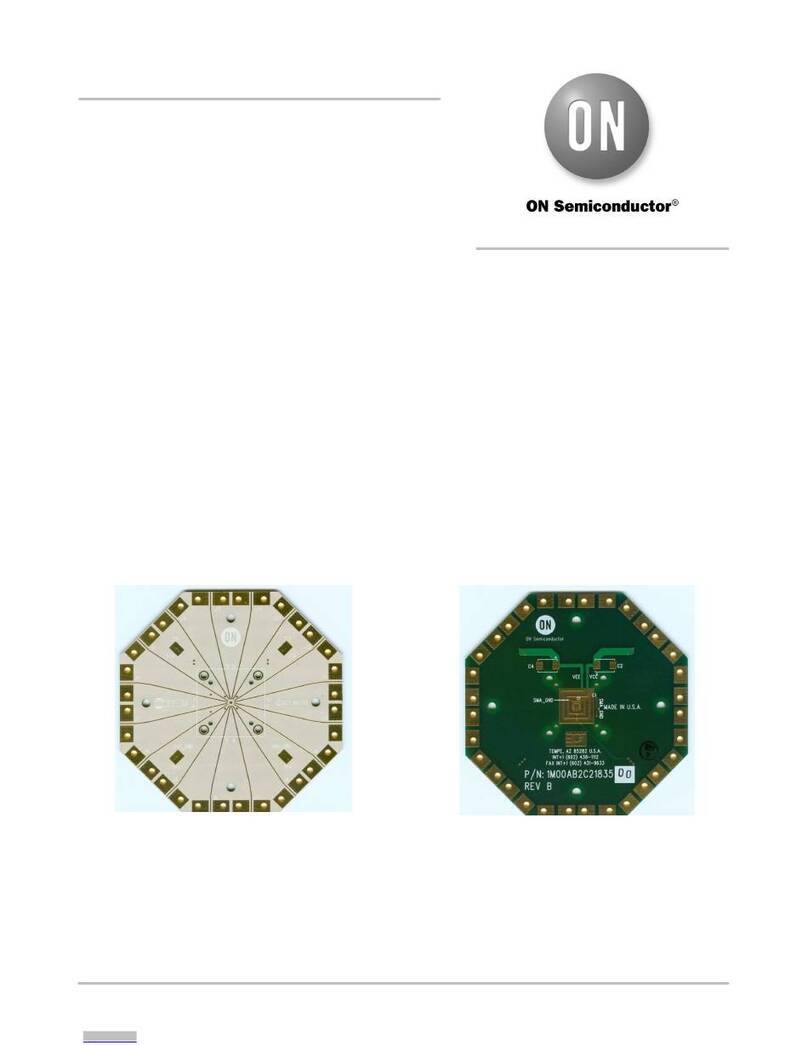ON Semiconductor NIS5431 User manual
Other ON Semiconductor Motherboard manuals
ON Semiconductor
ON Semiconductor DVK-AXM0F243-GEVK Series User manual
ON Semiconductor
ON Semiconductor MT9M031I12STCH-GEVB User manual
ON Semiconductor
ON Semiconductor CAT4201 User manual

ON Semiconductor
ON Semiconductor NB7L14MNGEVB User manual
ON Semiconductor
ON Semiconductor NCP51705 User manual
ON Semiconductor
ON Semiconductor ADIS16360/PCBZ User manual
ON Semiconductor
ON Semiconductor AR0134CS User manual
ON Semiconductor
ON Semiconductor ARX3A0 User manual
ON Semiconductor
ON Semiconductor AR0841CSSC32SMFAH3-GEVB User manual
ON Semiconductor
ON Semiconductor NOIP1SN025KA-GDI-A-GEVK User manual
ON Semiconductor
ON Semiconductor EVBUM2251/D User manual
ON Semiconductor
ON Semiconductor MT9M031I12STMH-GEVB User manual
ON Semiconductor
ON Semiconductor NCD9830GEVB User manual
ON Semiconductor
ON Semiconductor NB3x6x1xxG8DFN User manual
ON Semiconductor
ON Semiconductor Ezairo 7111 V2 Pre Suite User manual
ON Semiconductor
ON Semiconductor AR0832EASC25SUFAH-GEVB User manual
ON Semiconductor
ON Semiconductor MT9P401 User manual
ON Semiconductor
ON Semiconductor AP0100AT Series User manual
ON Semiconductor
ON Semiconductor MT9M034 User manual
ON Semiconductor
ON Semiconductor A5191HRTNGEVB User manual



























